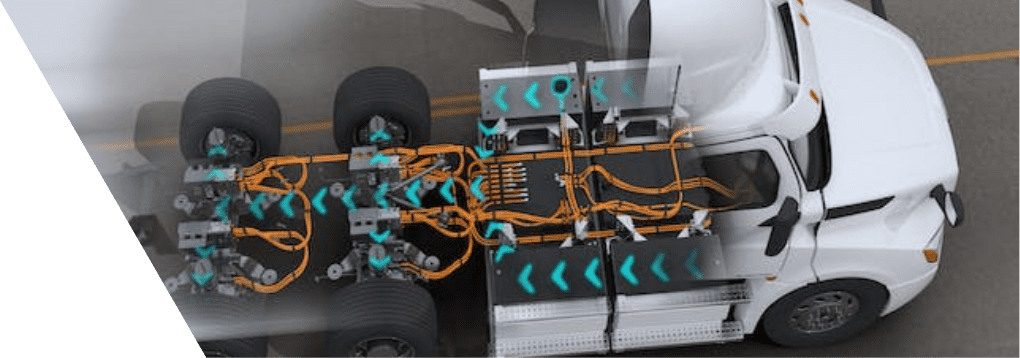Project FAQs
Learn more about JETSI by exploring frequently asked questions posed by fleets planning their own electrification projects. In addition, explore the News section of the website, which provides articles covering specific topics in more depth.

